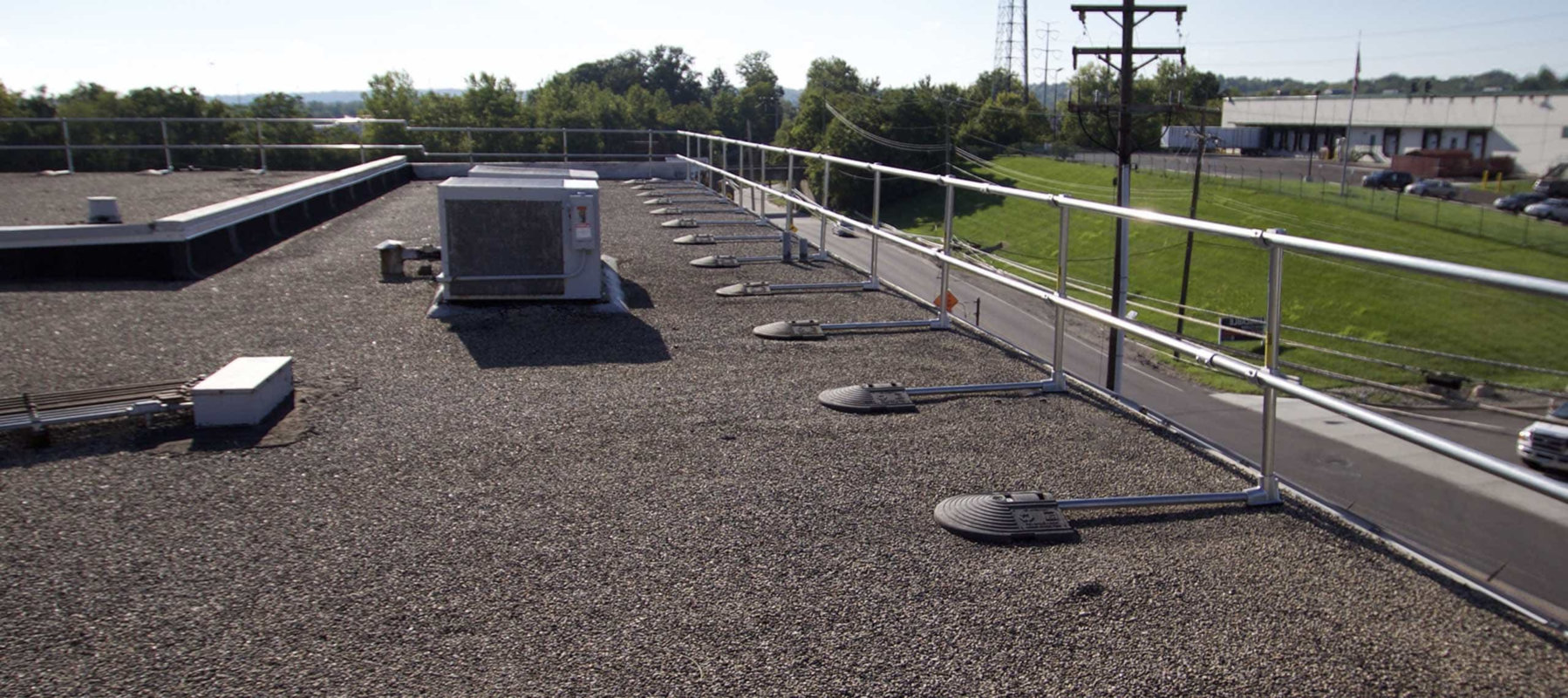
Fall Protection in Boston
Fall Protection that Goes Above and Beyond
Protecting Your Workers and Your Company
Like most large cities, Boston has requirements for keeping rooftop workers safe on the job. In Massachusetts alone, 67 workers on average die as a result of fatal occupational injuries each year. OSHA has implemented Fatality Assessment and Control Evaluation (FACE) in Massachusetts. FACE’s goal is to learn more about factors that contribute to fatal occupational injuries and to use this information to develop recommendations for future prevention.
OSHA continues to have jurisdiction for private sector employees and since 2018, public sector employees as well. Massachusetts also follows International Building Codes.
We want to partner with you and help you understand exactly what fall protection requirements you need to meet and the best methods for implementing fall protection solutions.
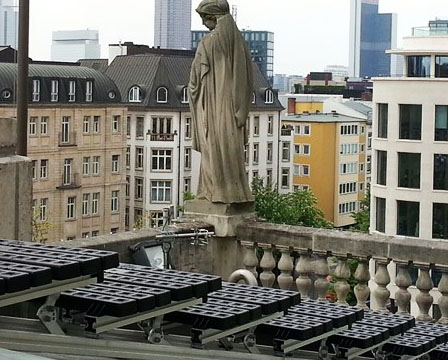
Understanding Boston Fall Protection Requirements
When operating in a large metropolitan area like Boston, you will need to meet federal OSHA requirements as well as the local building code. To help you, we’ve outlined the most important federal and local requirements for fall protection systems in the Boston area.
OSHA Standard Interpretation - Do I follow OSHA or local building code in Boston?
OSHA 1910.5(c)(1) - What OSHA code applies in Boston?
IBC 1015.2 - Where is guardrail required in Boston?
IBC 1015.2 - At what height do I need fall protection or guardrail in Boston?
OSHA 1910.29 - What can a guardrail be made out of in Boston?
IBC 1015.3 - How tall does rooftop guardrail need to be in Boston?
OSHA 1926 Subpart M App B - How far apart can guardrail posts be in Boston?
OSHA 1910.29(b)(2) - Do I need a mid-rail in Boston?
OSHA 1910.29(k) - When do I need a toeboard in Boston?
IBC 1607.8.1.1 - What are the load requirements for rooftop railing in Boston?
OSHA 1910.29(b) - Can I use a non-penetrating guardrail in Boston?
IBC 1014 - Can guardrail serve as handrail in Boston?
IBC 1015.2 - If my rooftop is lower than 22 feet but I have mechanical equipment close to the edge, do I need rooftop railing in Boston?
IBC 1015.7 - If my rooftop is lower than 22 feet but I have a roof hatch close to the edge, do I need rooftop railing in Boston?
OSHA 1910.28(b)(3) - When is protection required when falling through a hole in Boston?
Popular Fall Protection Products in Boston
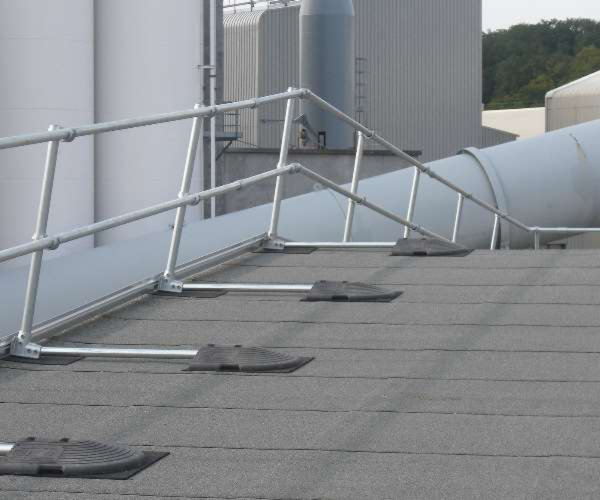
Rooftop Safety Railing
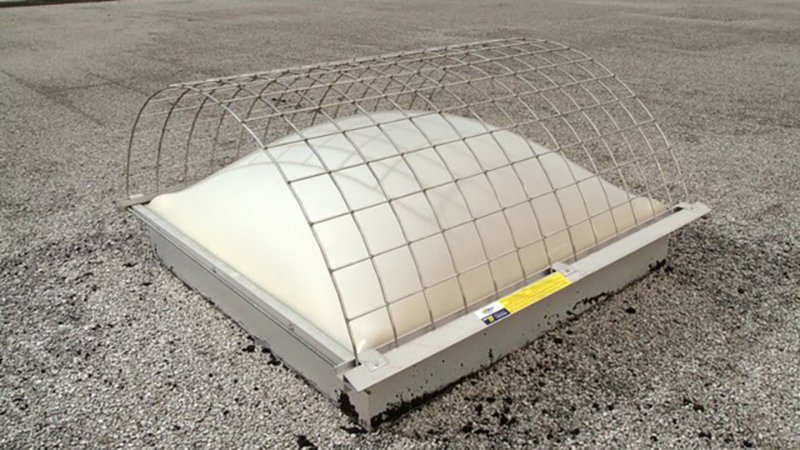
Skylight Covers
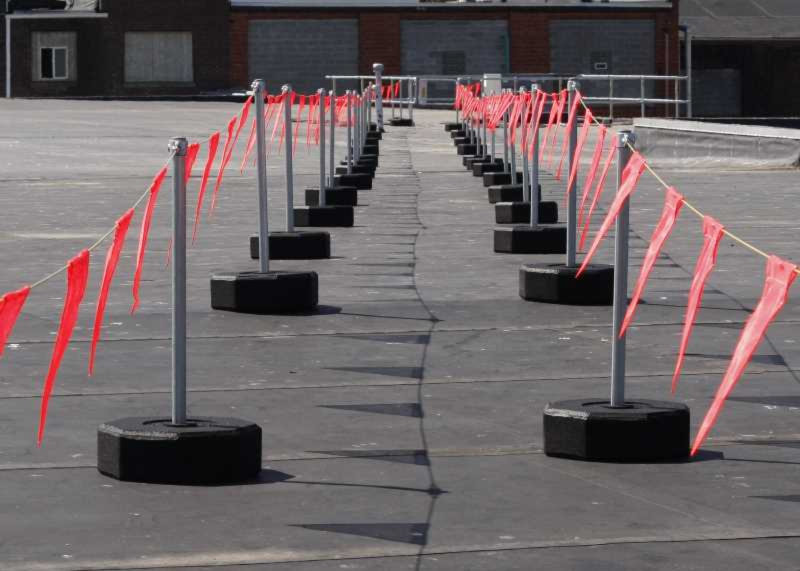
Warning Line
What Our Customers Are Saying
"Simplified Safety was very helpful in assisting with a custom fabrications needed for a project. They were very knowledgeable in terms of OSHA requirements and supplied me with a product that would satisfy OSHA requirements. Customer service was great."
Christopher B. in Boston, Massachusetts
"Working with Kevin Green was a very smooth and professional experience. All emails and phone calls were answered in a timely fashion. Kevin was able to design a system to fit our application and budget."
Christopher G. in Boston, Massachusetts
Have any Questions about Fall Protection?
We pride ourselves on not being "just another company trying to sell you something". We take safety seriously and we want to partner with you to make sure you receive the right fall protection solution that meets compliance requirements, protects your workers while they work at height, and reduces liability for your company.
